Witnessing a person choking can be a scary experience. Within seconds, that individual may turn blue and stop breathing as their airway becomes blocked. However, you can save victims in such situations if you stay calm and take immediate action. If the victim becomes unresponsive, you must handle the situation swiftly yet carefully. This also involves knowing the steps before giving breaths to an unresponsive choking person. We will discuss the procedure for helping such victims in emergencies in this guide.
Master ACLS Now
Get ACLS certified with confidence
Signs and Symptoms of Choking
A choking person usually has a confused, panicked, or surprised facial expression. You may also see some individuals place one or both hands on their throat. In some cases, a person may cough either forcefully or weakly, which is another symptom of choking. In other situations, the person may not be able to cough at all.
You may often hear high-pitched squeaking noises as the victim struggles to breathe or nothing at all. A person will not be able to speak, cry, or even cough if their airway is blocked. Sometimes, the victim’s skin may initially appear flushed and become pale blue as their body is deprived of oxygen.
Read More: Basic Airway Management in Adults
What Should You Do Before Giving Breaths to an Unresponsive Choking Person?
Choking usually happens when an object gets stuck in the throat or windpipe. This situation can be life-threatening because it cuts off oxygen to the brain. The following steps outline what to do before giving breaths to an unresponsive choking person to help dislodge the victim’s blocked airway.
Assess the Victim’s Consciousness
You must assess the level of consciousness in a person who is choking before delivering any first aid. Start by gently shaking the victim’s shoulder or back. If the victim is not able to respond, talk, breathe, or cough, it means the person is choking on something.
Please note that open eyes do not always imply that the victim is conscious, so you must check for signs of responsiveness by speaking loudly near the person’s ears or shaking them again. If there is no response, you must intervene immediately.
Call for Emergency Help
Call for emergency help once it is determined that a person is choking and unresponsive. Dial the emergency number for your region, such as 911 in the United States. Inform the operator promptly that the victim is choking and needs immediate medical assistance. Be sure to provide your location details accurately.
Start with back blows and chest thrusts after hanging up the phone. Perform first aid for choking until emergency medical help arrives.
Perform Back Blows
Perform back blows on the unresponsive choking victim. Position yourself slightly behind the person. Lean them slightly forward at the waist to tilt the upper body and support their chest with your other hand.
Deliver at least 5 blows between the shoulder blades of the victim using the heels of your hands. Ensure the blows are strong enough to help dislodge the blockage. You may also need to alternate sides if necessary.
Deliver Abdominal Thrusts
You must know what is the appropriate care for an unresponsive choking person if back blows are ineffective. This involves performing abdominal thrusts or the Heimlich maneuver. Position yourself behind the victim and wrap your arms around their waist. Place one hand above their belly button and wrap your other hand over it.
Pull inward and upward sharply with quick force to make the procedure effective. Be careful not to injure the victim while performing abdominal thrusts. Repeat the thrusts in sets of 5 to help clear the person’s airway. Sometimes, the person may begin to cough or breathe on their own if the procedure is successful.
Provide Breaths
If the victim remains unresponsive after back blows or abdominal thrusts, administer breaths immediately to attempt to clear the airway obstruction. Do not start breathing too early, as this could push the partially blocked object further into the trachea. Use proper techniques, such as the head thrust maneuver or head tilt chin lift, to avoid harming the victim while ventilating them.
Read More: 4 Ways to Deliver Rescue Breaths
How to Give Rescue Breaths to an Unresponsive Choking Person?
You must prepare and position an unresponsive choking victim effectively before delivering breaths. This usually involves following some important steps, which are:
Step 1: Lift the Victim
Lift the victim’s chin and tilt their head back using two fingers under the point of the chin and your hand on the forehead. This enables you to open the victim’s obstructed airway.
Step 2: Seal the Victim’s Mouth
Pinch the victim’s nose shut using your index finger and thumb to seal it closed. You must use one hand to seal the nose in the case of infants. Now, make a complete seal over the victim’s mouth with your mouth after taking a normal breath. Ensure not to seal the victim’s nostrils accidentally.
Step 3: Blow into the Person’s Mouth
Blow into the victim’s mouth for a second to check if their chest rises. You must also check if the person’s chest falls before the next breath.
Step 4: Observe Before Blowing Again
Watch for the chest to fall fully after you remove your mouth. Continue this process before giving the subsequent breath. You must give the victim one breath every five seconds, which is about 12 breaths per minute.
Step 5: Analyze the Victim’s Condition
Check for any signs of breathing in the victim. If spontaneous breathing resumes, you may discontinue the procedure.
Step 6: Provide Rescue Breathing to the Victim
Open the airway properly and seal your mouth over the victim completely. This enables you to ventilate their lungs without risking any further injury. You may also take extra time to ensure the victim’s correct positioning. This helps ensure that you administer rescue breathing safely and efficiently.
Final Tips Before Giving Breaths to an Unresponsive Choking Person
If you are a healthcare provider or rescuer, you can maximize your ability to clear a victim’s airway obstruction by following certain steps. This often involves checking on the victim after each set of maneuvers. However, you must also know other precautions before giving breaths to an unresponsive choking person until advanced medical aid arrives. Make sure to stay calm under pressure and pursue certifications whenever possible to learn how to help choking victims in emergencies. This will enable you to remain equipped and handle such situations with ease.







